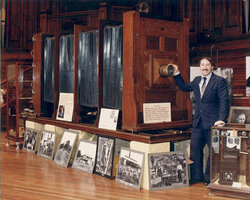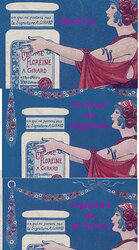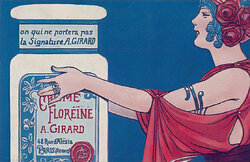1. as I said, I am experimenting to find a good reliable method.
2. as a bankrupt pensioner, I cant afford. lucky to even afford photoshop right now, and have to give up maly luxuries for that.
3, as I said I did not scan these, they are public domain in many library images on line. and consequently many different scanner, image qualities, and greatly varied screen sizes, etc. you should seee te thousands in the Boston Public library web site alone.
4. I use a specialy made half inch thick a4 nylon (medium Hardness) translucent sheet, that I got as scrap from a plastic warehouse, as a pressure plat to hold my items on my scanner flat to the surface. (I wrote an article for a Photography magazine on testeing you scanners depth of field) in 2005.
5. I used to work part time for a traditional old age hot lead printer. (The technical college I went though had both a working Linotype and working Monotype machines... and until the 2011 flood that destroyed my collection, hundreds of thousands of early printing equipment and books. eg Ronchi Rulling Glass screen of many varying sizes and angles etc.
regards, Sandy
below is my printers wetplate camera from 1920. now destroyed.




